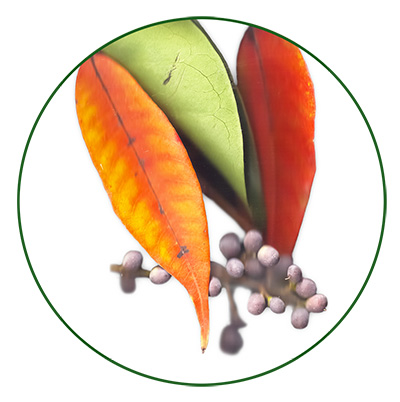- giampaolofoster

- Jan 22, 2022

Two years ago at this time we had a cafeteria, Brotes del Abaucán. We served and sold the artisanal products that they make in the Abaucán Territory. Among them the cheeses and quesillos, goat and cow.
Once a week we went to look for them on a mountain west of Palo Blanco. Its name is not defined yet. Some call it Lampato, others Los Colorados or Cerro Azul. Its peak at more than 5,000 m.a.s.l.
We visited various "puestos", La Junta, El Bangel, Aguadita, Las Lechuzas...
To get there, they wade through rivers and rattle over the sand. Path that in summer with the rains decompose in an effort to return a virgin mountain. The panorama, still wild, deserves the shaking of shock absorbers and vertebrae.
In summer, the sullen landscape for the unsuspecting eye becomes a habitat for extremely delicate flowers. They also green bushes and weeds, a remedy that the ancients used to heal, season or simply to savor in mate or infusions.
On either side of the trail, from time to time, you will find pirca cabins, the stalls. Some abandoned others inhabited by shepherds who take care of their cattle from "the damage", as they call the puma, rustlers and other evils by these payments. In summer they milk, they make cheeses and quesillos, goat and cow. Authentically handmade cheeses, as in the past, natural.
Freddy, from Palo Blanco, took us for the first time to meet Cacho Reales who has his post in La Junta, where two rivers whose names we still do not know come together and the water that irrigates the vineyards and orchards of Palo comes together. White.
Further up is El Bangel where we were once at a party that we will tell about later. The post is attended by Lucía and Juan de Dios. Few young people are already dedicated to peasant tasks. Seeing these kids gives one hope that the traditional agrarian culture is safe for a while yet. By a trail to the left is La Aguadita, almost reaching the Lampato. When we went there was no one, perhaps they were up on the hill grazing their goats.
And still following in the footsteps of El Bangel, further up, is Las Lechuzas where Sonia makes the cow cheese and Cesar the goat cheese. The land belongs to Doña Elba, from Medanitos, who never stops going upstairs to spend the summer working with her animals, accompanied by friends, among whom we meet a couple who come every summer from Adrogué to lend a hand.
Knowing these people, their tales and stories, "mate" in hand is not a matter of a while. Like friendships, you have to dedicate time, and love. People are friendly and welcome us warmly. Once, Cacho Reales, did not let us go until we finished roasting the goat that he had sent to butcher because we had gone to visit him.
These are the expeditions that we want to offer you. Get to know the landscape yes, and feel the chores of field work, participate in it if you want, share snacks and friendly chat. And feel the adventure of buying the cheeses, because the demand far exceeds the supply.
Work Culture. The Culture of Artisans and Artisans of the Abaucán Territory. Cultural tourism.
THE TOUR:
We start from Fiambalá early in the morning. The itinerary takes us through Saujil and Palo Blanco while dawn paints the Sierra del Oeste and Lampato, our objective, with its light.
From Palo Blanco we take a dirt road and then a trail that brings us closer to the different posts.
We stop at them to greet the stallholders and, if necessary, to give them a hand in the country tasks.
In each of the stalls you can see the possibility of buying cheese and artisan goat or cow cheese.
Lunch can be provided by each one or see the possibility of being prepared at the stall. It depends on the availability of the vendors regarding their daily tasks.
And, of course, we can buy cheese.
The excursion can last all day or half.
There are options for hiking.
It is convenient to do it accompanied by a guide who knows the people of the countryside and the itinerary.



















































































